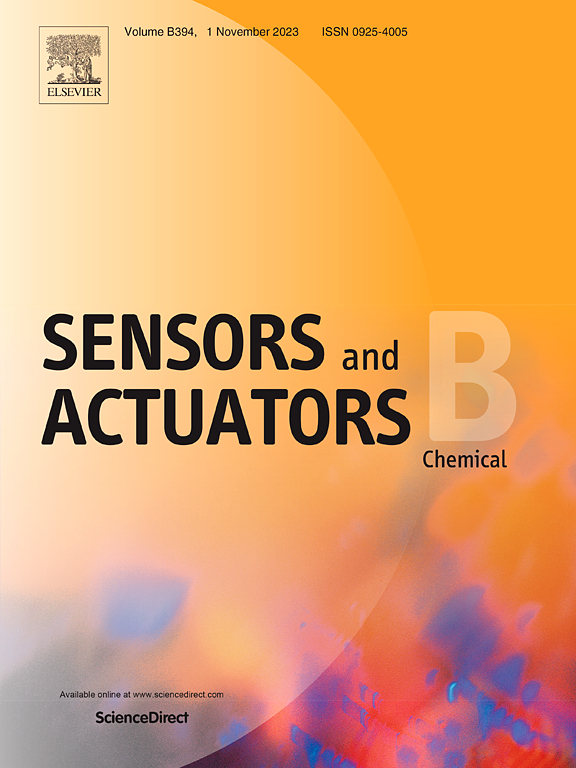Empirical enhancement factors for trace moisture in nitrogen and argon: Bridging measurement principles
IF 8
1区 化学
Q1 CHEMISTRY, ANALYTICAL
引用次数: 0
Abstract
Accurate measurement of trace water vapor concentrations in gases is critical across various industries, specifically in semiconductor manufacturing where moisture impurities affect device reliability. The most sensitive and accurate methods for measuring ultra-low trace humidity concentrations, below 1 ppm, involve chilled mirror hygrometers and cavity ring-down spectroscopy sensors. The former measures dew/frost points directly, while the second detects particle number density or mole fraction. However, comparing measurements from different operating principles is challenging due to limited understanding of water vapor properties in real gases at very low humidity concentrations and elevated pressures.
The water vapor enhancement factor, which accounts for this non-ideal gas behavior, has so far been empirically determined within a restricted range, with values at low humidity extrapolated. This study extends water vapor enhancement factor measurements below 1 ppm to ultra-low frost points down to −90 °C (corresponding to 100 ppb water amount fraction) and high pressures of up to 1 MPa for carrier gases argon and nitrogen. Our findings reveal significant deviations from existing extrapolated water vapor enhancement factor values. With our measurements achieving lower uncertainties than previous models, this advancement supports the development of reliable, stable, accurate and low-cost humidity sensors essential for industrial applications requiring precise moisture control.
求助全文
约1分钟内获得全文
求助全文
来源期刊

Sensors and Actuators B: Chemical
工程技术-电化学
CiteScore
14.60
自引率
11.90%
发文量
1776
审稿时长
3.2 months
期刊介绍:
Sensors & Actuators, B: Chemical is an international journal focused on the research and development of chemical transducers. It covers chemical sensors and biosensors, chemical actuators, and analytical microsystems. The journal is interdisciplinary, aiming to publish original works showcasing substantial advancements beyond the current state of the art in these fields, with practical applicability to solving meaningful analytical problems. Review articles are accepted by invitation from an Editor of the journal.
 求助内容:
求助内容: 应助结果提醒方式:
应助结果提醒方式:


